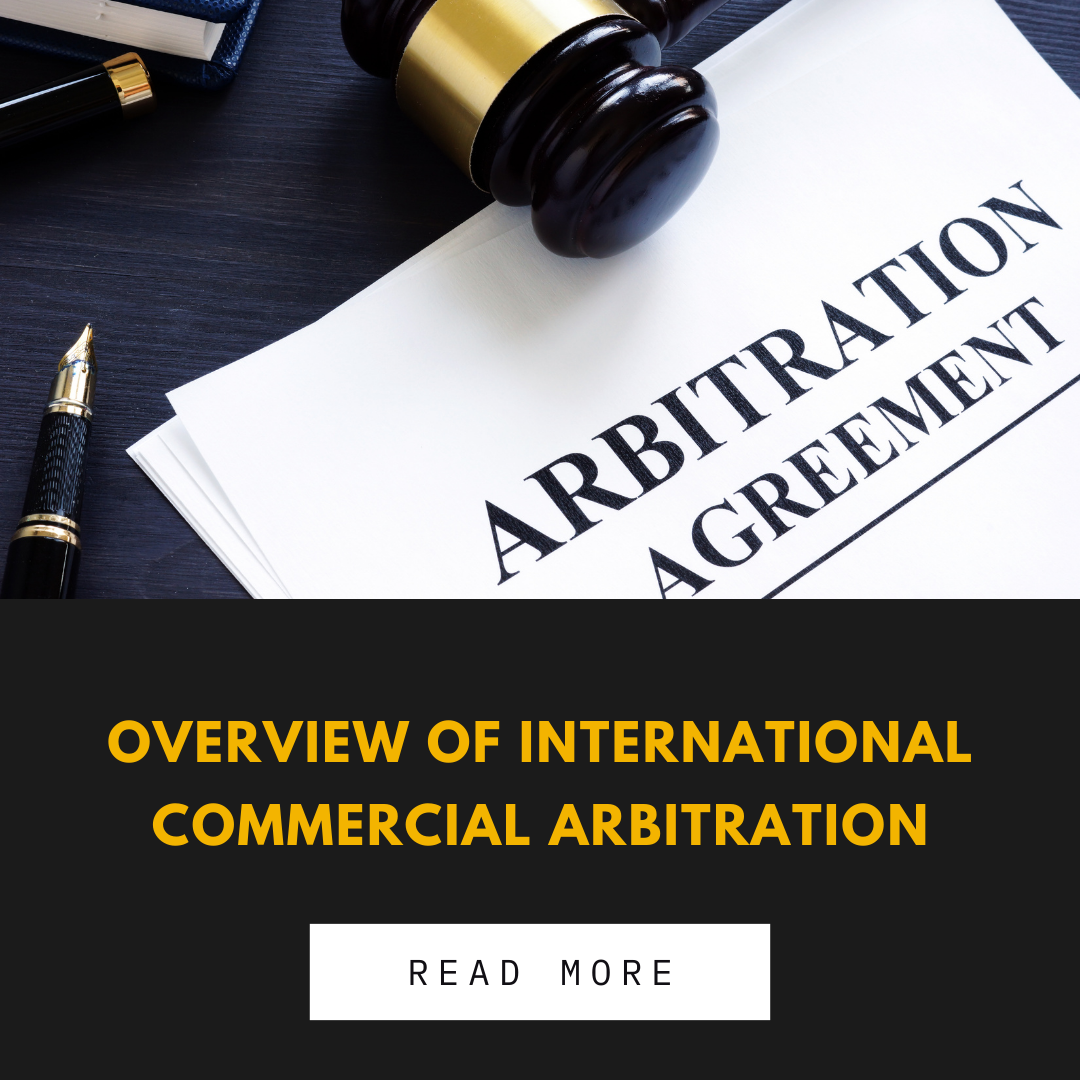The term “bond market” refers to all debt securities, trades and issuance, and it is also used interchangeably with the terms “debt market,” “fixed-income market,” and “credit market.” The bond market serves as a platform for investors to buy and sell bonds, which are essentially loans made by investors to borrowers. The bond market serves as an essential component of the financial system by facilitating trading and issuance of debt securities. It offers investors opportunities for income generation while providing valuable insights into their economic conditions. This market includes debt securities issued by the government as well as corporate entities. Furthermore, the bond market is closely watched by economists and policymakers as it reflects broader trends in interest rates and economic stability. Changes in interest rates can have significant implications for borrowing costs across sectors like housing or business investments. One key characteristic of the bond market is its diversity, each type has its own risk profile and yield potential.
Let us try to understand the frequent debt issuances undertaken by an entity.
I. Debentures
In terms of the Companies Act 2013 (“CA 2013”), debentures include debentures stocks, bonds or any other instrument of a company evidencing a debt, whether constituting a charge on the assets of the Company or not. In simple terms, a debenture may be defined as an instrument acknowledging a debt by a Company to some person or persons.
(A) Debt Instruments Investing in debentures in India can be made by way of various instruments, such as:
- Non-Convertible Debentures are debt instruments which cannot be converted into equity shares of a company.
- Optionally Convertible Debentures are instruments that may be converted to equity shares of a company but such conversion is not mandatory.
(B) Procedure For Issue of Debenture on Private Placement Basis
- Calling a Board Meeting and pass resolutions for approval of the following: –
To issue debentures and decide its type whether secured or unsecured and terms & conditions thereof – Offer letter for private placement in Form No. PAS – 4 and Application Forms/Debenture Subscription agreement Approval of Form No. PAS – 5 (record of a private placement offer) – Written consent of a Debenture Trustee and appointment thereof (In case of secured debenture) – Approval of Debenture Trustee Agreement (In case of secured debenture) To authorize for – Creation of charge on the assets of the company (In case of secured debenture)
- Issuing notices to the shareholders for Extra-Ordinary General Meetings.
The notice must contain an explanatory statement bearing the particulars of the offer, date of passing board resolution, kinds of securities offered and their price, basis or justification for the price, name and address of valuer who performed valuation, amount which the company intends to raise, material terms of raising such securities, proposed schedule, purpose or objects of the offer, contribution being made by the promotes or directors.
- Passing a Special Resolution
IIn the Shareholders’ meeting, a Special Resolution must be passed for the Private Placement of Debenture and for increasing the borrowing limit for the issuance of Debenture.
- Filing of e-form MGT-14
E-form MGT-14 will be filed along with an offer letter, Valuation Report and CTC of Special Resolution carrying an explanatory statement appended with the Notice of the EGM.
- Sending of Offer Letters in form PAS-4
Offer letters are sent to identified persons within 30 days of recording the names of the identified persons and the value of the share will be as per the valuation report of a Registered Valuer as provided under Section 247 of CA 2013.
- Opening of separate bank account
A separate bank account must be opened to receive application money within the offer period as per the offer letter.
- Holding of Board Meeting
Board meeting must be held after the closure of the offer period and passing Resolution for the following Allotment of Debenture to the entitled subscribers. Issue of Debenture Certificate Debenture Deed (SH-12) Creation of DRR Creation of charge on an asset if required.
- File e-form PAS-3 “Return of Allotment” within 15 days of passing Board Resolution for allotment.
- Issuance of share certificate as per Section 56(4) of CA 2013, applicants will be allotted a share certificate within 6 months of allotment.
(C) Issue of debt securities under SEBI (Issue and Listing of Debt Securities) Regulations, 2008.
A public corporation must adhere to the CA 2013 as well as the Securities and Exchange Board of India (Issue and Listing of Debt Securities) Regulations, 2008 if it seeks to issue and list its debt securities on stock exchanges. Furthermore, the SEBI (Listing Obligation and Disclosure Requirements) Regulations, 2015 must be followed for debt Securities to be listed. It should be noted that the SEBI (Issue of Capital and Disclosure Requirements) Regulations, 2018 also apply to the issuance and listing of debt instruments.
II. Derivatives
A financial contract or an instrument derives its value from the value of the underlying asset. The underlying asset can be a stock, bond, commodity, currency, market index, interest rate etc. Derivatives can be classified into segments.
They are:
- Forwards
- Futures
- Options
A forward contract is a customized contract between two parties to buy or sell an asset at a specified price on a future date. A forward contract can be used for hedging or speculation, although its non-standardized nature makes it particularly apt for hedging.
Futures are derivative financial contracts that obligate the parties to transact an asset at a predetermined future date and price. Here, the buyer must purchase, or the seller must sell the underlying asset at the set price, regardless of the current market price at the expiration date.
Options are financial instruments that are derivatives that are based on the value of underlying securities such as stocks.
An options contract offers the buyer the opportunity to buy or sell depending on the type of contract they hold the underlying asset. Trading in Derivative Markets is governed by two legislations:
- Securities Contracts (Regulation) Act, 1956
- Securities and Exchange Board of India Act, 1992
Both these acts form the regulatory framework for derivatives trading in India.
III. Bonds
A bond is a loan given to a fund seeker by an investor or a fund giver. It is a fixed-income instrument where an investor gets periodic payments of interest or a lump sum interest along with principal at the time of maturity. Like shares, bonds are traded in secondary markets in their debt segment, bonds can be issued by the government or corporate companies.
Bonds can be classified into the following categories based on their underlying features:
a) Zero-coupon Bonds
These bonds are sold at a discount on their actual face value at the time of issue. On maturity, the investor is paid only the maturity value, but no interest or coupon payment is made in between. Hence it is called a zero-coupon Bond. If the discount offered is very high, it is called a ‘deep discount bond’.
b) Deep Discount Bonds
A deep discount bond is issued at a high discount on its face value. These bonds are considered the safest as there is a fixed income that is available with high returns on maturity. But the maturity proceeds for the interest component are subjected to tax, owing to the prospects of earning high income with low levels of risk they are rated high by the rating agencies.
c) Easy Exit Bonds
These bonds come with relatively easier and quicker ways to redeem as and when the investor decides to redeem. This enhances the liquidity of the money invested for the investor. Generally, the issuing entity will have enough cash reserves to accommodate this arrangement and hence come with low risk and because of the same, they are graded high and attract more investments.
d) Disaster Bonds
The entities issuing these bonds are engaged in the business of insurance who wish to raise capital by aligning the returns with the business risk i.e. losses. If the insurance entity makes heavy losses, then the investor of this bond is expected to make less return. So, higher the probability of a disaster, lower will be the chances of earning high on these bonds.
e) Commodity Bonds
A commodity-backed bond is a type of bond whose value is directly related to the price of a specified commodity. Most bonds have a fixed value determined at the time of purchase. This value is a combination of the bond’s face value and its interest rate, both of which are set at the time of issue. A commodity-backed bond, however, will experience fluctuations in value when the price of the specified commodity rises or falls. The bond’s issuer determines how the bond’s value will change with the price of the commodity. These bonds are generally issued by the companies that produce the associated commodity.
f) Carrot and Stick Bond
A convertible bond that comes with a carrot-and-stick provision. Differently stated, its carrot provision provides for a low conversion premium to allure holders to exercise conversion earlier than usual (the carrot). The stick provision allows the issuer to call the bond at a specified premium if the common stock of the issuer is trading at a certain percentage above the conversion price (the stick). This structure combines both rewards and punishments and it is up to the holder to go either course as its investment policy dictates.
h) Stepped Coupon Bond
In this type of bond, the interest rate payable on the bond is not fixed. Either it periodically goes up or goes down as per the prevailing interest rate scenario in the economy. If the interest rates are expected to go up then the investor will fetch higher returns. Alternatively, he will lose returns if the interest rates are expected to go down.
The legal framework surrounding the bond market is designed to maintain integrity and trust among participants. Laws govern the issuance, trading, and settlement of bonds, ensuring fair practices and preventing fraudulent activities. Investors rely on these laws to make informed decisions when investing in bonds. They can be assured that their rights as bondholders are protected by legal recourse in case of default or breach of contract.
In conclusion, the issuance of debt securities provides an important mechanism for raising capital in the financial markets. By offering fixed income opportunities and relatively lower risk profiles, these instruments attract investors looking for stable returns on their investment. As such, debt securities continue to be an integral part of the global economy and the investment landscape.






















